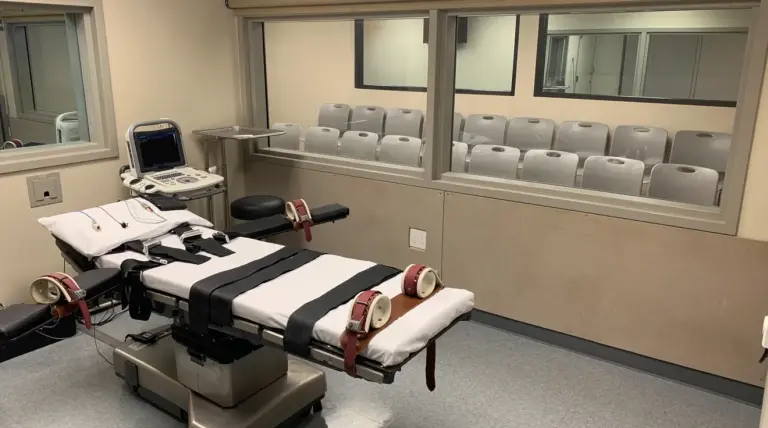
BATANGAS 1st District Representative Leandro Leviste has raised serious concerns over what he described as “inequitable and inefficient” allocations in the Department of Public Works and Highways (DPWH) 2026 budget, following a month-long review of the agency’s 661-page National Expenditure Program (NEP)
Leviste found that allocations often did not correspond to population, giving the example of how Region VI (Western Visayas), which has a population of 4.86 million, was allocated a budget of P16.37 billion, while CAR (Cordillera Administrative Region), which has a population of 1.81 million, was allocated a larger budget of P17.00 billion.
Leviste also cited how the country’s most populous regions — Region 3 (Central Luzon), Region 4A (Southern Luzon), NCR, and Pangasinan make up almost 41% of the country’s population and 60% of the economy, but only receive about 25% of the DPWH budget. “Given the smaller DPWH budget for certain regions compared to their much bigger contribution to national taxes, they would be better off if the DPWH budget were instead given to local governments equitably through the National Tax Allotment, which is based on a formula 50% population, 25% land area, and 25% equal sharing,” Leviste said.
Leviste also cited the under-allocation of budget to Region 4A on October 13 when he cast one of the 12 votes in Congress against the 2026 House General Appropriations Bill. In explaining his vote, and in a privilege speech on October 8, Leviste proposed that DPWH lower prices by 25% to remove P150 billion in possible kickbacks, and re-allocate the savings to classrooms and underfunded regions.
In several interviews, Leviste argued that this reflects that DPWH often allocates budgets not based on need but where projects can be less visible and so made substandard to increase profit margins. Leviste also noted that the favored regions and types of projects were not driven by politics as much as where contractors saw there to be more potential profit, and that the favored regions tended to change from year to year, but consistently based on a pattern that prioritized profit over need. Leviste emphasized that budgets did not even bring significant benefits to the provinces that received larger allocations, citing the example of how DPWH in 2025 had approximately P30 billion in projects in Oriental Mindoro, equivalent to almost P150,000 per family, when that budget, which funded mostly flood control projects in a few towns, could have instead been spent on housing or classrooms for the same province.
Leviste said that corruption has incentivized horizontal projects like flood control, asphalt overlay, and slope protection to be prioritized in the DPWH budget over vertical projects like classrooms. “The reason there’s a classroom shortage is because there are almost no kickbacks in classrooms. It is easier to do substandard work on the thickness of an asphalt project than on a three-story classroom building,” Leviste said.
Leviste credited the 2026 DPWH budget for already having many improvements and more transparency compared to previous years, and expressed optimism that continued deliberations would result in an even more equitable and responsive 2026 DPWH budget.





